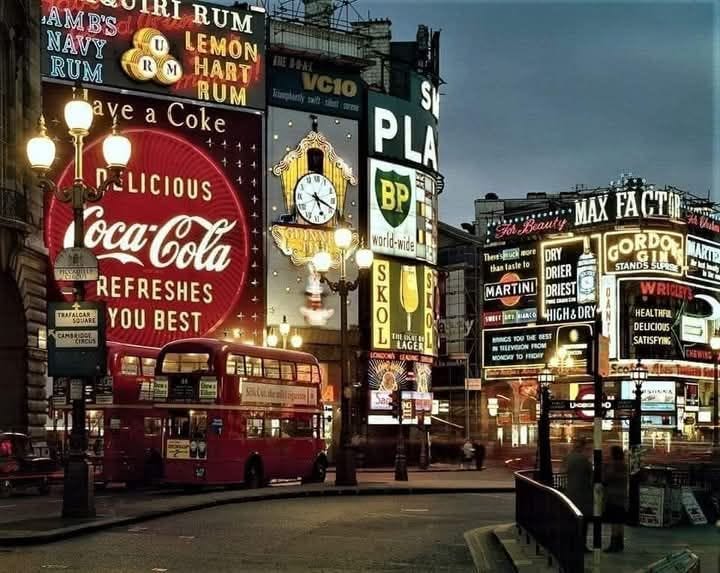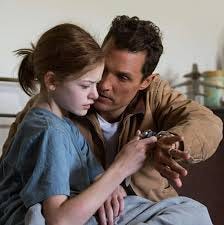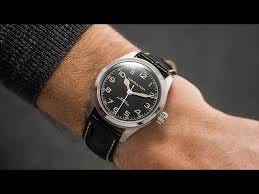London is such an important place to me.
I was born in University College Hospital and have spent uncountable hours, days and years with the city: living, working, navigating its layers of splendour, grime and historical detail. Whatever’s changed - often for the worse - there’s a constancy about London’s solidity and the name itself. Just saying it, the very sound.
But no other city seems so hard to categorise or capture. The only writers I’ve read who’ve managed to are Dickens, Conan Doyle and T. S. Eliot, with an honourable mention for Graham Greene (if only he’d set more stories there). I often flick through foreigners’ writings about the place and they seem hopeless at grasping its simultaneously solid yet edgy feel, with squalor and violence constant and necessary undercurrents. Progressives are also terrible at getting it! Just look at London’s absurd Pakistani mayor Sadiq Khan, with his ‘diversity’ banality, trivialising somewhere he presumes to own but doesn’t begin to understand. Has any other great city had a bigger fool as its head?
My first few months were spent in Finchley, where my parents had a flat before we moved out to Welwyn Garden City. But my Greek grandparents lived in a succession of slightly sinister Victorian houses in Holloway and Highgate, which made a lasting impression on me. As did those frequent trips into the rickety sleaze of 1960s/1970s King’s Cross, with that cacophonous walk up the Euston Road to Bloomsbury and UCH, where my mother and father worked as doctors.
How to write about London now, in my sixties? No more possible than explaining one’s life. I still have bits - very centrally - which I ‘discover’, only to stumble into something familiar that I’d no idea was right next door.
One such is Mayfair. I met my good friend Mossy from British Gas days at Eros, Piccadilly Circus, for a day’s watch ogling around Burlington Arcade, Shepherd’s Market, Bond Street, then back to Regent Street and Oxford Circus/ Great Portland Street.
I felt like a right tourist, waiting by that famous statue, jostling with selfie-taking Chinese and Italians. Mayfair of course has connotations of extreme expense from the Monopoly board - and up-market sleaziness, from the eponymous top-shelf magazine of my teenage years. It’s an extraordinarily easy place to get lost in, even by London’s standards, but that’s my greatest joy when traipsing the city. I’ve only visited one other place - Cairo - where this happens more quickly.
Shepherd’s Market is both closer to Piccadilly Circus and miles further away than one recalls. It’s without doubt one of London’s most atmospheric enclaves - too small to be an area - with that mixture of wealth, history and dodginess which is the city’s essence. Expensive jewellers, good value Italian cafes and fascinating bookshops rub shoulders with public school Herberts in red trousers, parking vintage cars outside over-priced boutiques.
We visited the venerable watch brand Vertex. one of the original ‘dirty dozen’ watch makers for the British Army, specifically for D Day. It’s been relaunched to sell these, by the founder’s great-grandson. The showroom is a tiny but atmospheric den of 1940s nostalgia - a delight to visit - but their iconic M36 Dirty Dozen is just too expensive for a basic field watch, however inspiring the back story. And I felt saddened trying on something so linked to London’s and England’s vanished character, given what we’ve become (or perhaps what I have).
Bond Street’s ephemeral glamour was a temporary antidote. One after another international watch brand showing their baubles of globalisation, with islands of genuine class like Panerai. I went in to flash my PAM 390 and membership of the Paneristi. Wonderful to discuss this unique watch with genuine lovers, unlike the bored robots in Rolex authorised dealers.
But the day’s highlight was an oasis for watch geeks and nerds - and I’m proud to be one. Just off Oxford Circus is the new Time & Tide Studio. An outlet for numerous microbrands, run by enthusiasts, where you can drop in and try things otherwise only available online. It’s more like a club than a retail venue; somewhere you have to seek out though no appointment is necessary. The staff are all watch fans and they stock so many of the brands I love - especially Farer.
And that most likable of major names - Hamilton - whose watches I’d never tried. Once American - from Pennsylvania, where I lived for a year as a child - but now Swiss. They’re most famous for their field watches and iconic appearances in Hollywood films. The apex (to date) is the legendary ‘Murph’, in the 2014 Christopher Nolan masterpiece Interstellar.
I’ve a beloved daughter of my own, so how and why the watch is used by Murph’s father Cooper (Mathew McConaughey) chokes me up.
Because time’s the most inexplicable thing that we experience. All we can grasp is its effect - constant change. No doubt my rambling had distilled this commonplace feeling, and perhaps the watch - to use Eliot’s term - offered an objective correlative?
So I’m sat here admiring it on my wrist, sure that some things survive.









Thanks Paul, really enjoyed your piece.
However wild horses wouldn't drag me to London these days.
I was born in London. I have always lived near it - south of the river and Kent (the Superior County). It's not what it was - I always thought it would survive whatever was thrown at it but I'm beginning to have my doubts. So many people who have become resident don't seem to care about it. I remember Covent Garden before it was touristified. I remember Billingsgate when it was full of ice. I remember the Old Kent Road before it was turned into a road of out-of-town stores.
I still get the shivers whenever I hear Big Ben chime - reminds me of fog and hats and my parents and people who looked like Laurence Olivier!